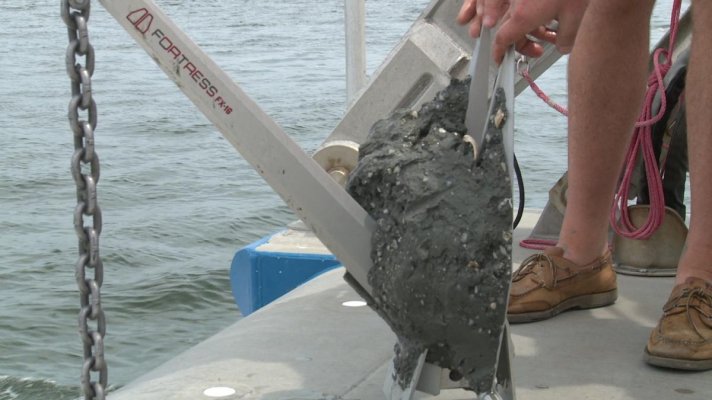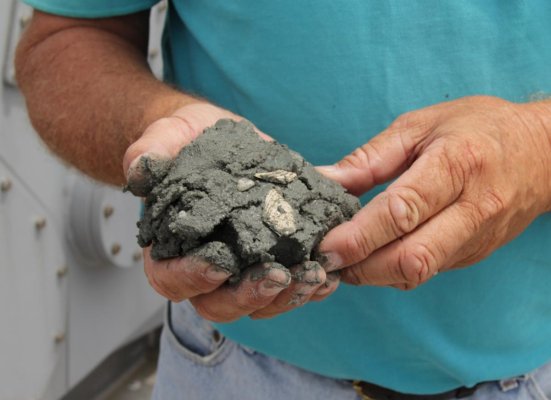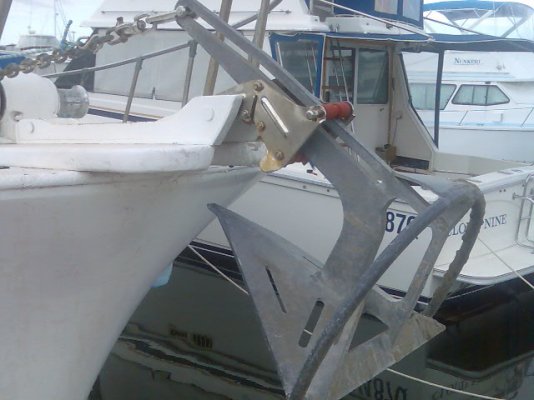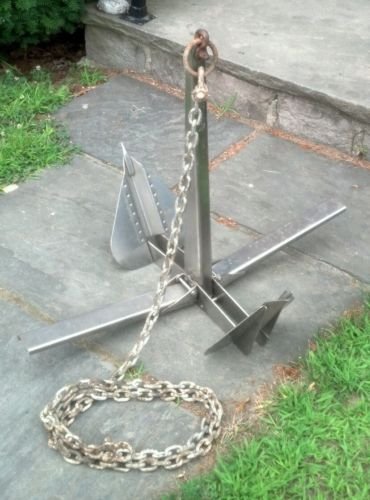Nomad Willy
Guru
We talk so much about anchors and anchoring (and I'm sure boaters elsewhere do also) most boaters probably (and rightfully so) think how well an anchor is going to work wherever it is dropped is very questionable. So when in doubt (and size matters) get a bigger anchor.
I don't know about elsewhere but here using a small anchor would seem foolhardy and no one wants to appear to be a fool so even socially using a bigger anchor is the better of choices.
What are the effects of doubling;
A. the physical size of an anchor
and
B. the weight of an anchor.
The size of an anchor and the weight are interrelated as even the Fortress wouldn't work if it weighed nothing.
But the interesting part since Djbangi's post is will an anchor more than double it's holding power by doubling it's size? I feel that may help to explain why bigger boats and especially ships seem to have such small anchors. Or is it that smaller boats have overly large anchors? I think the latter is definitely the case but to what degree?
Djbangi what a very interesting post.
I don't know about elsewhere but here using a small anchor would seem foolhardy and no one wants to appear to be a fool so even socially using a bigger anchor is the better of choices.
What are the effects of doubling;
A. the physical size of an anchor
and
B. the weight of an anchor.
The size of an anchor and the weight are interrelated as even the Fortress wouldn't work if it weighed nothing.
But the interesting part since Djbangi's post is will an anchor more than double it's holding power by doubling it's size? I feel that may help to explain why bigger boats and especially ships seem to have such small anchors. Or is it that smaller boats have overly large anchors? I think the latter is definitely the case but to what degree?
Djbangi what a very interesting post.






